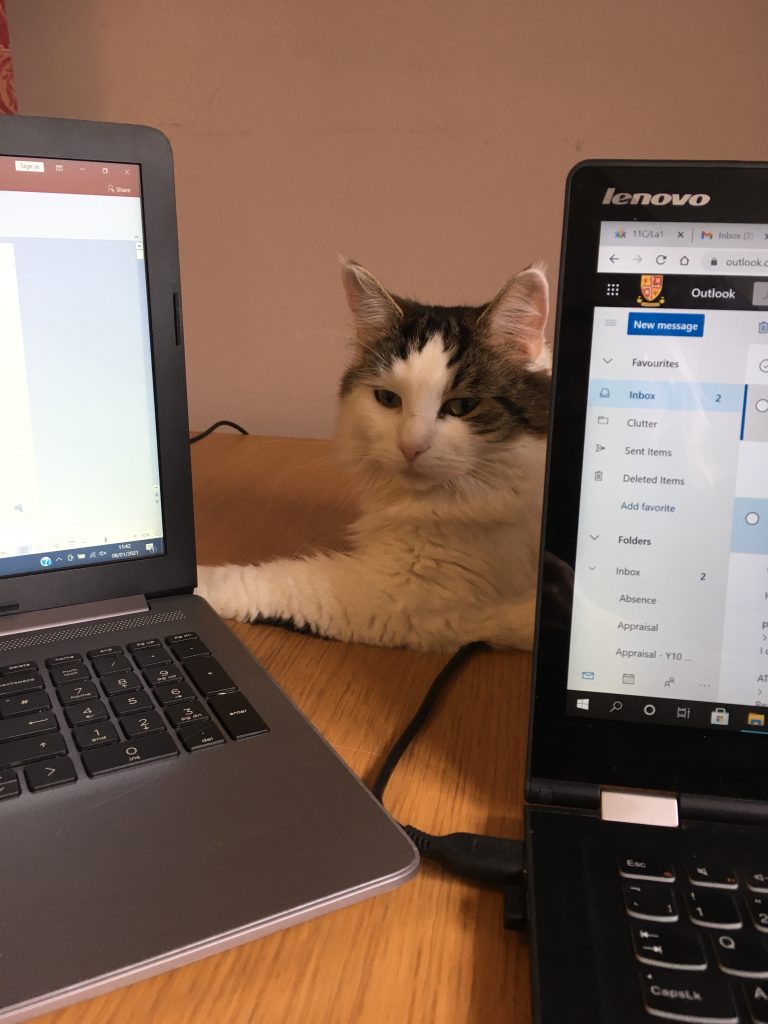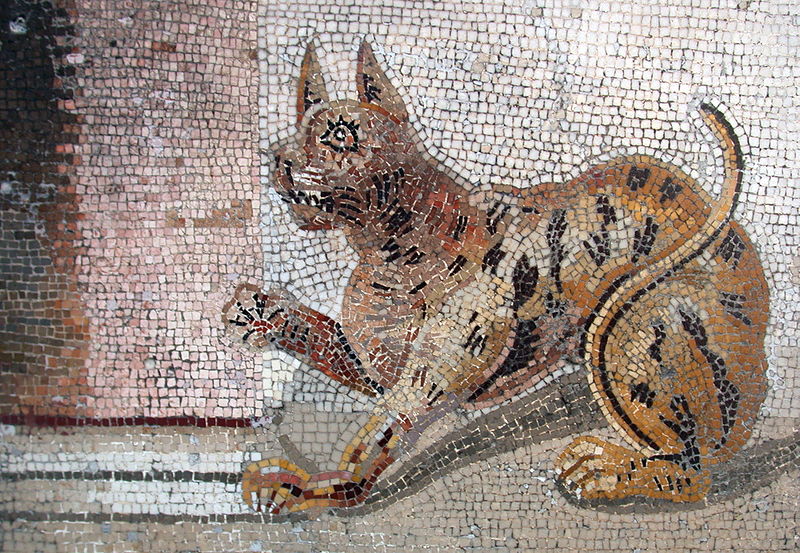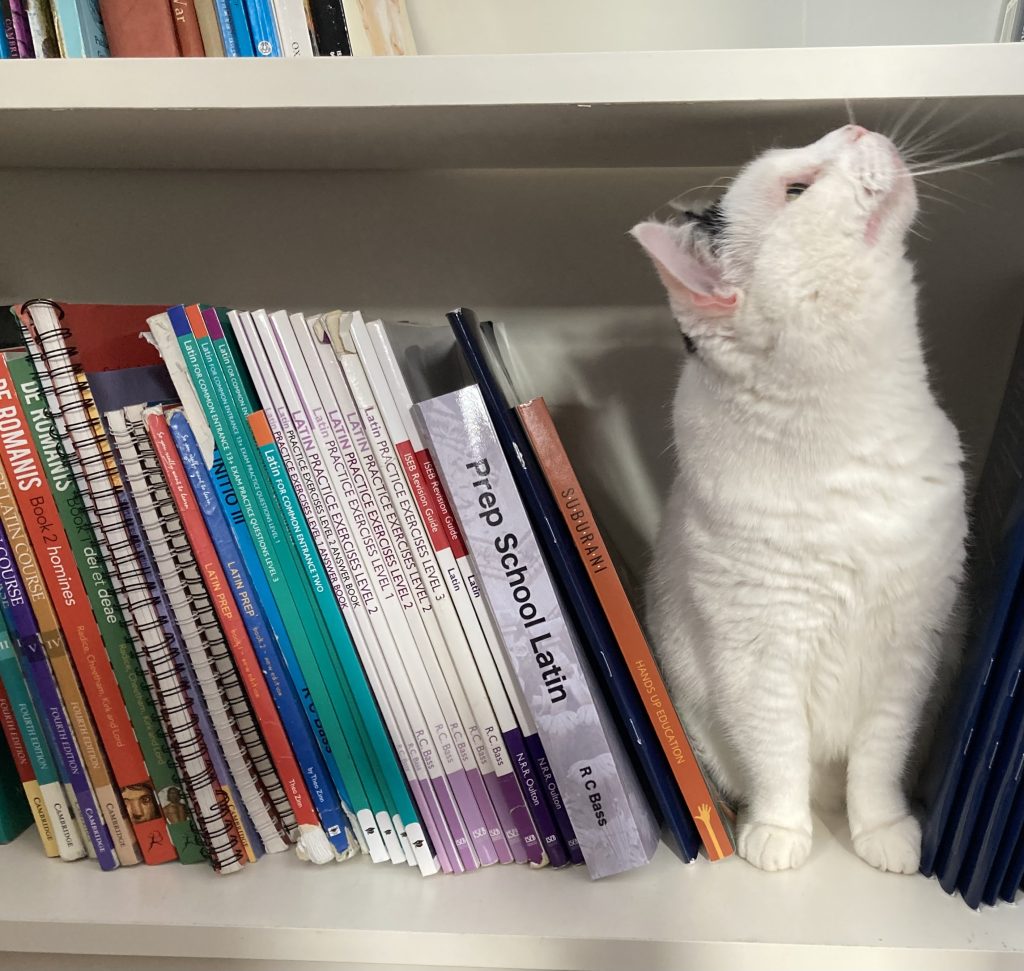From rat-catcher to prized pet?
Clients and followers of mine cannot help but be aware of my two cats, who make regular unscheduled appearances on a whim. These two characters are not the first cats I have owned and I strongly suspect they will not be the last. I am a huge fan of all animals, including dogs, and understand the benefits of dog ownership. But for me, the effort versus reward ratio when it comes to owning a pet really peaks with a cat. They let themselves in and out (it’s okay, they’ve got their own keys). Broadly speaking, they look after themselves and they certainly do what they fancy. They hang out with you if they want to but not if they don’t. In many ways, they show us all how life should be done: on your own terms, with no stress and no angst.

The Epicureans were a group of ancient philosophers who argued that the purpose of life was not so much the pursuit of pleasure (they weren’t hedonists in the true sense) but rather the avoidance of distress; one of their many radical philosophical positions was that the gods exist purely as a model for how to live – they exert no influence over human life and take no interest in it, since their existence served no purpose other than to demonstrate how “the good life” is lived. For me, this model is embodied in the domestic cat. And yes, we do worship them don’t we?
The familiar domestic cat, or felis cattus to give its official Latin name, is descended from the wild cats that went through a gradual process of taming, first in the ancient Near East and then later – and perhaps most famously – in Egypt. It is believed that a mutually beneficial relationship between humans and cats started to develop in the near East around 9,000 years ago, when wildcats began frequenting farm buildings to prey on the rodents that were attracted to grain stores. However, cats did not undergo anything like the level of human intereference that we see in dogs, meaning that their breeding was not as selective and the varieties of cat nothing like as broad. I sometimes look at a Great Dane meeting a small terrier when out on a walk and genuinely wonder whether they recognise each other as the same species. But your kitty is not much different from its ancestors. Researchers have extracted mitochondrial DNA (passed down the maternal line) from feline remains that came from Viking graves, Egyptian mummies and Stone Age sites. We can trace our domestic cat all the way back through the line.
A second wave of domestication happened in ancient Egypt around 4,000 years ago. Cats then spread to Europe during the Roman era so, as I never tire of reminding my students, we have the Romans to thank for bringing us cats (along with apples, pears, grapes, turnips, carrots, peas, cabbages, chickens, wine … etc etc etc). The Vikings then spread cats even further, with Egyptian cat DNA being found in a Viking port, suggesting cats were carried on maritime trading routes to northern Europe. But why?
Well, cats were probably taken on ships to help protect the supplies against rodents. While it is thought that some cats may have been moved around as a result of lucky (or unlucky?) raftings, most academics believe that evidence is strong for the deliberate use of cats as a means of pest control. They certainly weren’t taken as pets.
The Romans in particular liked cats for their efficiency at catching rodents. Cats were indeed so good at it that the Roman army took cats along with them on campaigns to safeguard their food supplies. Rats also chew on wood and leather, which made them a threat to Roman armour and equipment, so to prevent loss of food, damage to crucial apparatus and to combat the spread of disease, cats were a secret weapon for the Roman army. I like to think that they were also appreciated as companions for the soldiers, but I’ll place a bet that this is a fantasy.

The Romans did also regard cats as worthy of mythical symbolism, not least as a result of their admiration of all things Egyptian. Cats were the only animals allowed inside Roman temples (I mean … have you tried stopping one? The Romans were a pragmatic bunch, if nothing else). Cats were thought to embody independence and freedom and the Roman goddess Libertas is often depicted with a cat. There are several tales of goddesses, most notably Diana, transforming themselves into cats, a divine ability that I envy immensely.
Interestingly, at Pompeii, the number of cat bones from excavated deposits is relatively low, and no cats are among the casts of creatures discovered in the town. It has been suggested that in this provincial town, destroyed in AD 79, there was perhaps not yet a fashion for keeping cats as pets, though it had already taken off in Rome. Despite the relatively small number of remains, there are depictions of cats that survive in the remains at Pompeii, including two mosaics in the House of the Faun, which are pictured within this blog post.

Much greater numbers of cat bones are found in later archaeological deposits in Roman Naples and by the mid to late 4th century AD, the presence of cat bones from excavated sites throughout the empire shows that cats had become a common feature of Roman domestic life.
A final amusing snippet that I have unearthed just goes to show what a right royal fool the Elder Pliny was. Apologies if I am offending any Pliny fans here, but honestly: for a man who supposedly spent his time making observations, he really was phenomenally dense. In his Natural Histories, Pliny has the following suggestion for how to use cats to protect your grain supplies: “mice are kept away by the ashes of a cat being steeped in water and then thrown upon the seed, or alternatively use the water in which the body of a cat has been boiled.” Okay, Pliny. Ever thought about making use of the cat while it’s still alive to catch the little blighters?
No? Okay, then. Go ahead and boil it.

One of my favourite blog posts by anyone- ever! Cats, facts and a model of brilliant writing in both tone and subject matter (in my humble opinion of course). Fantastic! Thank you for sharing this.
Thank you, Sarah!